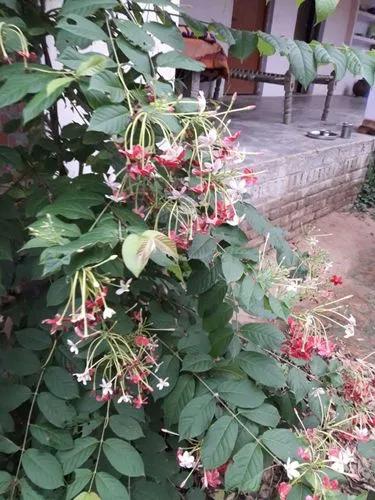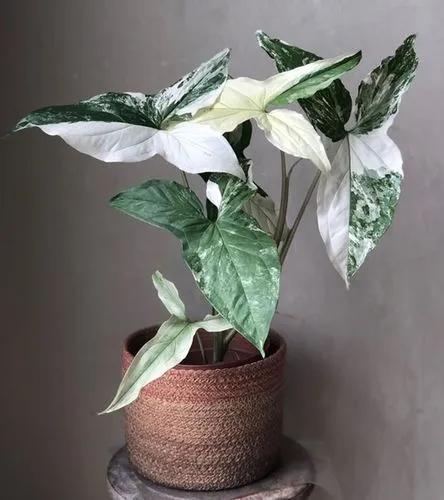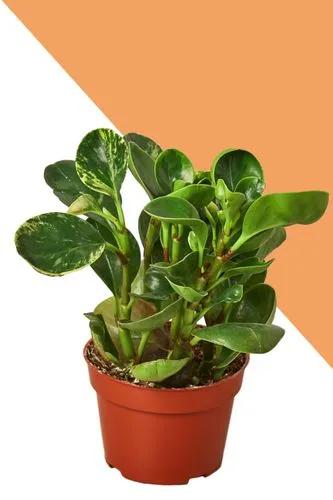Delve into the tropical beauty of Prayer Plant 'Marion'. Its glossy unique heart-shaped foliage enchants with striking pink veining. The plant’s contrasting leaf pattern leaves a lasting impression on plant lovers, making Calathea Marion a popular choice for indoor spaces.
Calathea Marion Care
Goeppertia Roseopicta 'Marion'



Commonly known as Calathea Marion and Prayer Plant, Goeppertia Roseopicta 'Marion’ is an evergreen species of the Marantaceae family. Native to the tropical rainforests of Brazil, this plant is a cultivar of the Goeppertia Roseopicta species. Calathea Marion typically grows to a height of 12-24 in (30-60 cm) and spreads 12-18 in (30-45 cm) wide. Its foliage is broad and lance-shaped with a rich, deep green coloration. The leaves' texture is smooth and glossy, with a contrasting pink veins radiating outwards.
How to Care for the Plant

Water

As a tropical greenie, Prayer Plant would benefit from regular watering and increased humidity. Give it a drink when the top inch (3 cm) of soil feels dry to the touch. Keep the ground consistently moist but never waterlogged. It’s also recommended to increase humidity by regularly misting Calathea.

Pruning

It’s recommended to regularly prune the plant to maintain its appearance and overall health. Thim off any yellowing or damaged foliage with sterile scissors.

Fertilizer

Regular feeding would help the Prayer Plant maintain glossy foliage. Feed the plant every 2-4 weeks with balanced 10-10-10 NPK fertilizer during the spring-summer season. Opt for specifically combined for the foliage plants fertilizer and dilute it to the half-recommended dose to avoid root burn.

Sunlight

Bright, indirect light is what the Prayer Plant enjoys the most. Place the plant near a north or south-facing window, or use sheer curtains to filter the light. Avoid exposing Calathea to direct sunlight, as it can scorch leaves.

Soil

Calathea Marion feels best in well-draining, rich in organic matter soil. Opt for a slightly acidic to neutral growing medium with 5-7 pH range. Mixing in some perlite and vermiculite is a good practice to improve drainage.

Propagation

It’s best to propagate Calathea Marion through root division. Gently unpot the plant and separate the root system into two sections, ensuring each section has a sufficient amount of roots and foliage. Plant the separated sections into individual pots with a well-draining potting mix. Keep the ground consistently moist to let the plants establish in the new growing medium.

Temperature

Calathea Marion feels best in the 65-75°F (18-24°C) temperature range. As a tropical plant, it would benefit from increased humidity, so it's recommended to mist this greenie regularly.

Container

Choosing a container, it's recommended to pick the one that is slightly bigger than the plant's root ball. As for material, opt for plastic or glazed ceramic not to allow moisture to evaporate too quickly. Make sure the pot has drainage holes to allow excess water to flow out freely, preventing root conditions.

Fun fact

The plant’s common name ‘Prayer Plant’ hasn’t originated from anywhere. During the day, the leaves of Calathea Marion are gracefully spread out, displaying a beautiful pattern. When evening comes, the plant folds the foliage upward, resembling hands folded in prayer. Hence the plant is commonly called the ‘Prayer Plant’.

Popularity

310 people already have this plant 25 people have added this plant to their wishlists
Discover more plants with the list below
Popular articles






